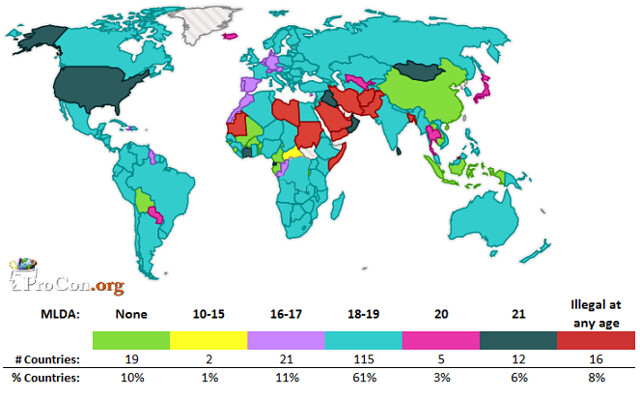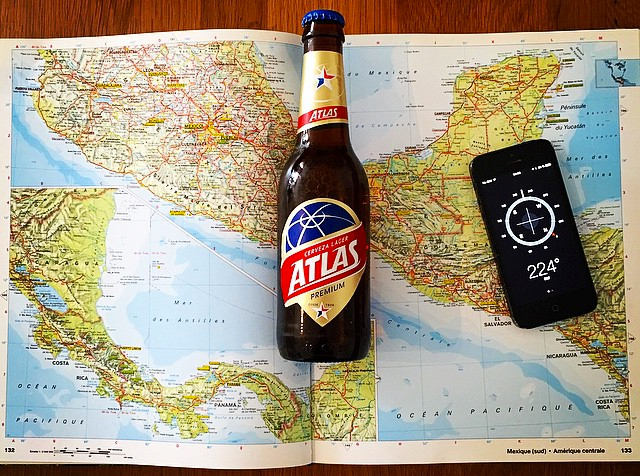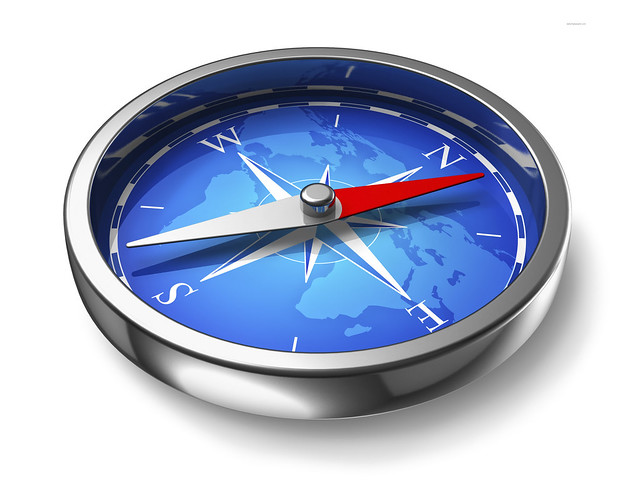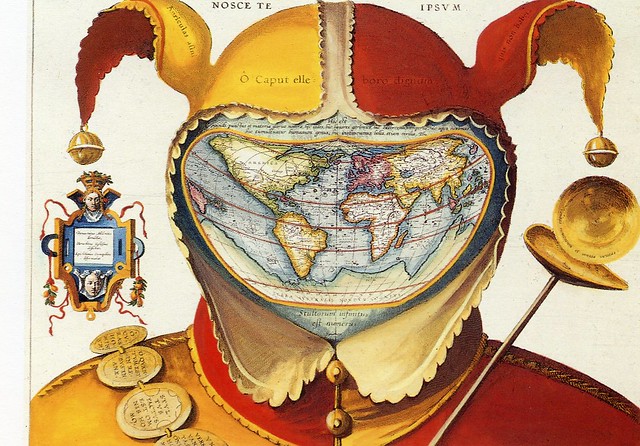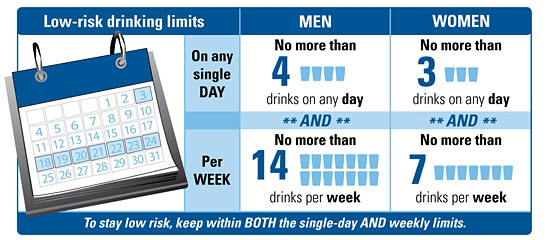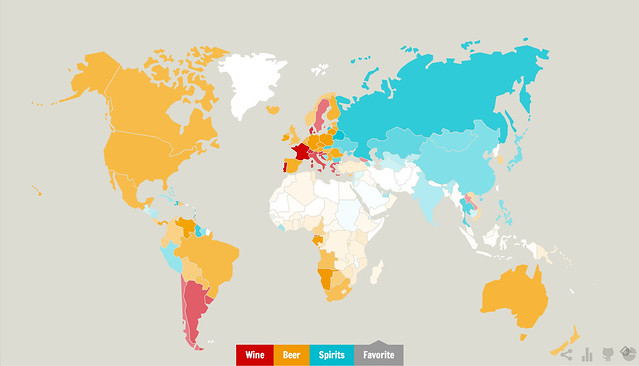
You’d have to be living under a rock to not have seen the news that ABI was planning a takeover bid to acquire SABMiller, which might work unless SABMiller might be able to buy Heineken, thus making itself too big for ABI to get in a hostile takeover. These rumors have long been circulating so nobody who’s been paying attention to the beer industry was too surprised at these announcements.
But so far I haven’t seen too much discussion about what the beer world might look like if any of these come to pass. The online news site Quartz filled that gap by producing a chart showing that This is what the family tree of beer companies will look like if AB InBev acquires SABMiller.
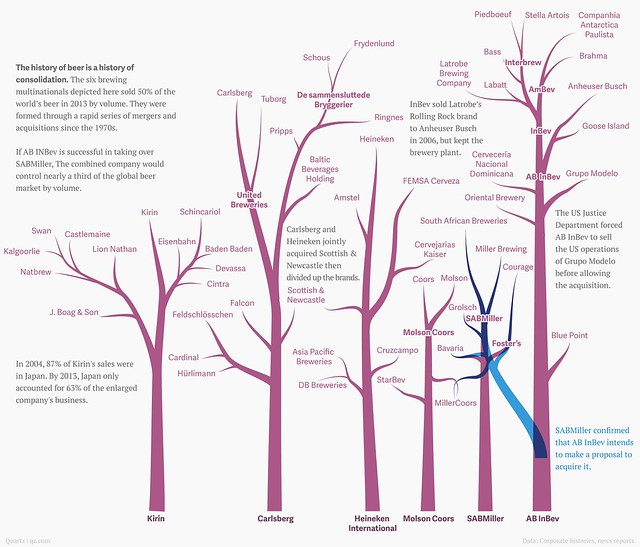
Click here to see the chart full size.



